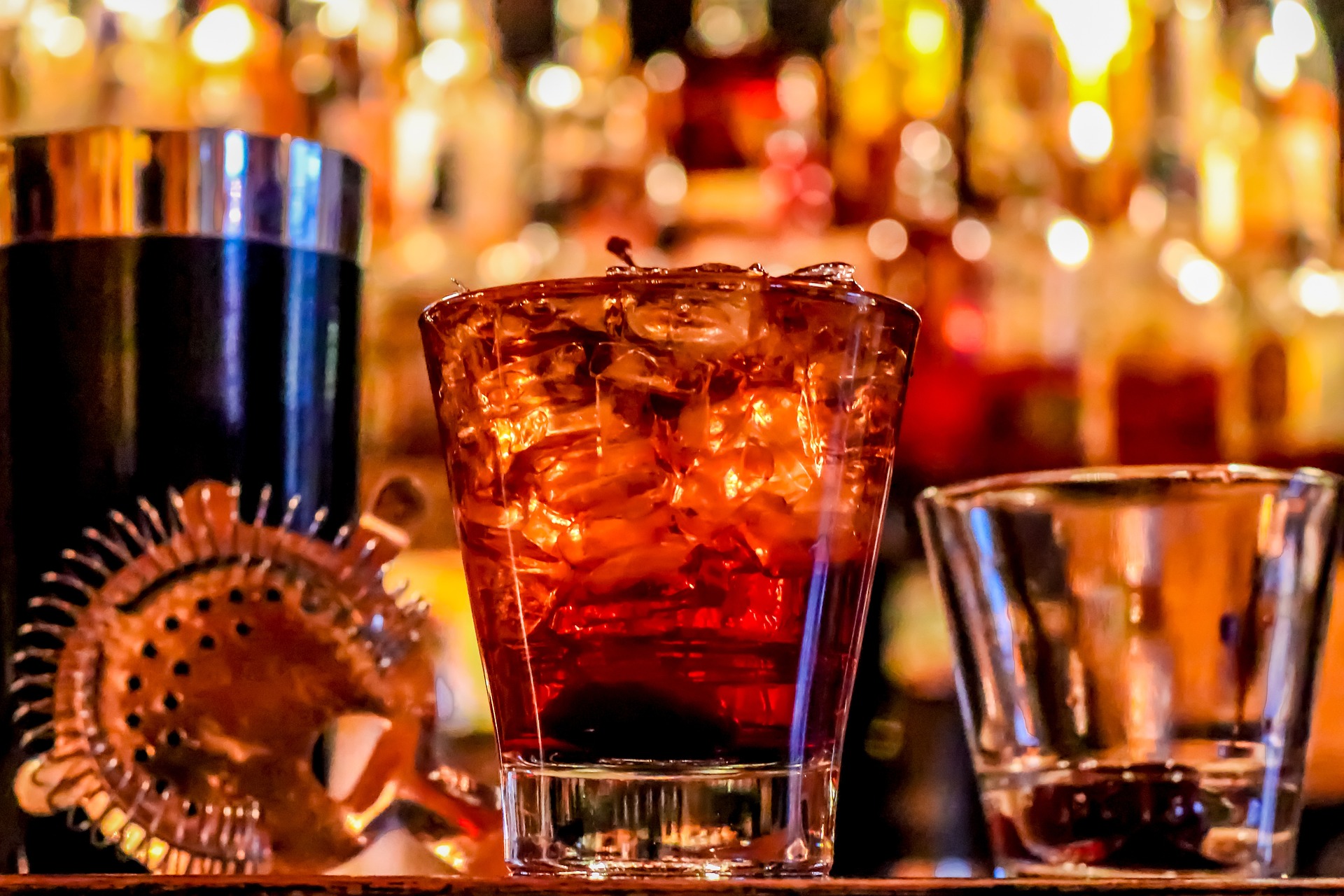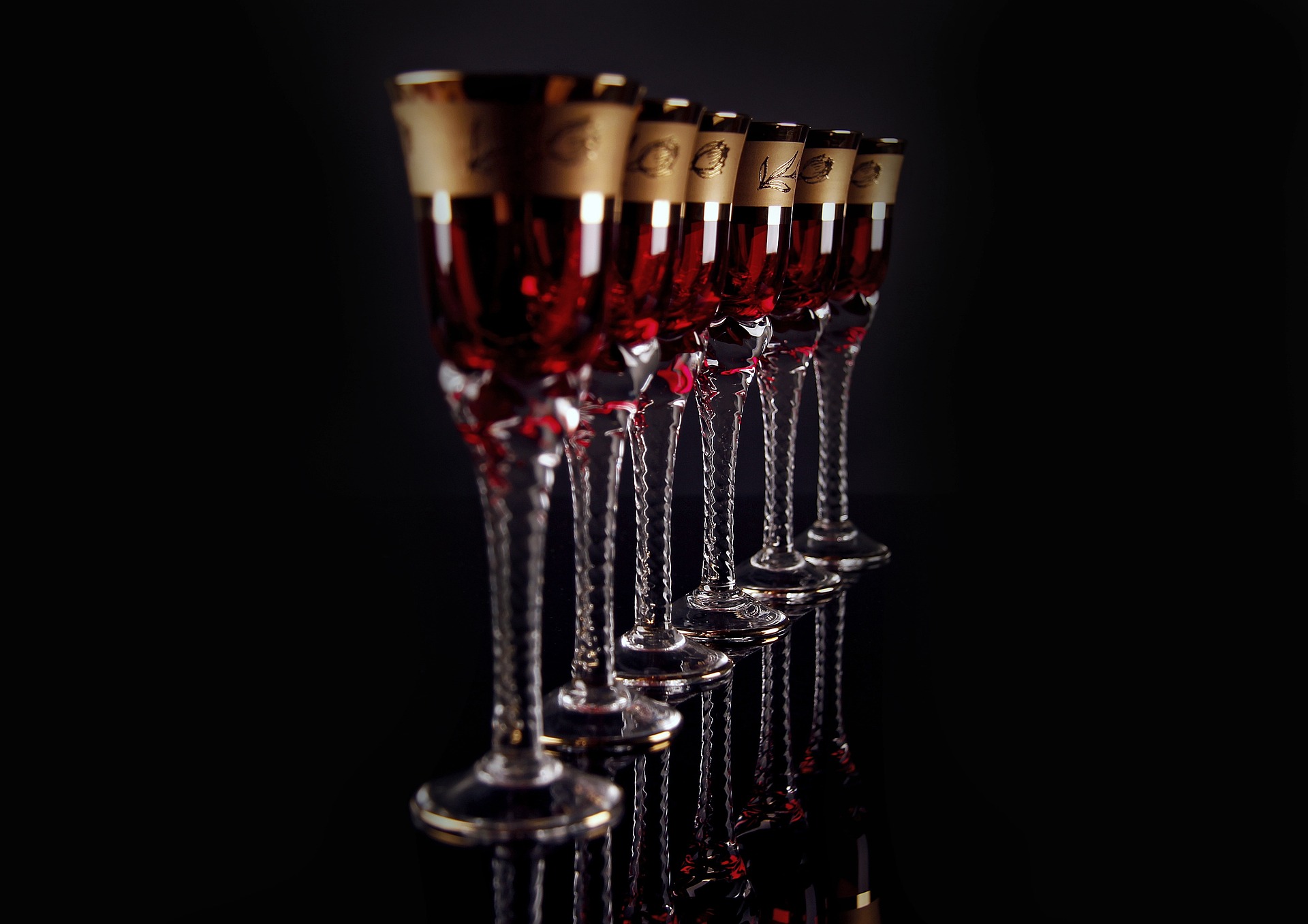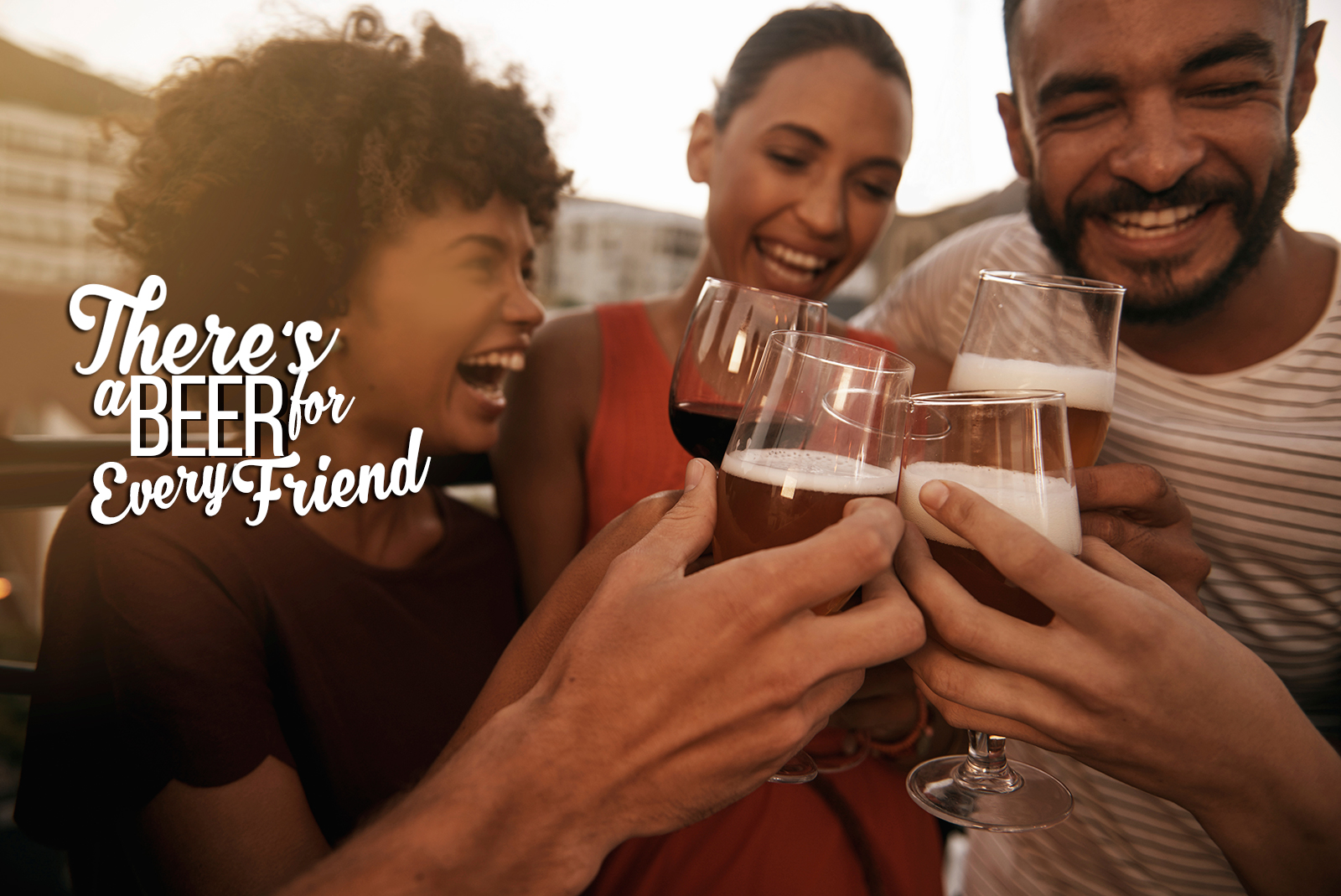Herbal liqueurs have been made in many countries throughout history and are often enjoyed in cocktails and with meals. Traditionally, they are drunk neat as a digestif and are similar to Italian amaro. Today, however, these liqueurs have become increasingly popular. These types of spirits are widely available, and they make for great gifts, too. Read on to discover the best herbal liqueurs to serve guests and get the party started.

Danzig Goldwasser
If you want to enjoy a great drink, you should try Danzig Goldwasser herbal liqueurs. These liqueurs are made with spices that give them a spicy and sweet taste. There are several flavors of Danzig Goldwasser herbal liqueurs, including apricot, hibiscus, rosewater, and chamomile. These liqueurs are excellent to mix with cocktails, and they are delicious on their own.
The drink was invented in Danzig by Ambrosien Vermollen, who earned citizenship in the city in 1598. His distillery had a facade adorned with a salmon. His brand, Der Lachs zu Danzig, became a worldwide sensation and a favorite drink of the royal courts. The original Danzig Goldwasser recipe was developed in the 16th century and remains unchanged today.
The original Danziger Goldwasser is the world’s oldest branded spirit and dates back to 1598. It contains real 22-karat gold flakes suspended in its syrup. Medicinalists of the 16th century believed that gold had healing properties and it was widely enjoyed by European nobility and Russian Tsars Peter and Catherine the Great. The bittersweet taste of Danzig Goldwasser is balanced by its alcohol content, so it is a great choice for mixing with sparkling wine.
After the First World War, the Free City of Danzig was separated from Germany by a Polish corridor. This meant that the company had to open another distillery in Berlin, which was more convenient for the German market. In 1945, the city became part of Poland, but the Berlin distillery continued to produce authentic Danziger Goldwasser. In 1971, the Hardenberg-Wilthen distillery took over the company and moved production to Norten-Hardenberg in West Germany.

Galliano
Galliano herbal liqueurs are crafted from a proprietary recipe that includes 30 different herbs and spices native to the Mediterranean. These include anise, cinnamon, juniper, lavender, musk yarrow, star anise, and peppermint. The ingredients are then blended with sugar and glucose syrup to create a distinctive, bright yellow liqueur. These ingredients have a distinctly Mediterranean flavor, so you’ll want to drink up!
The sour and sweet combination of Galliano creates a unique cocktail called the Yellow Bird. The bright yellow liqueur has a nuanced finish that includes licorice and vanilla. Galliano also lends a creamy and herbal flavor to classic cocktails such as the Screwdriver and Harvey Wallbanger. The Harvey Wallbanger is one of the best-known Galliano cocktails. The ingredient is used to create an elegant twist on the Screwdriver cocktail.
A popular Italian herbal liqueur, Galliano L’Autentico is a yellowish, golden drink that has a unique medley of spices, herbs, and fruits. Its flavor is complex and dominated by anise and vanilla, with a hint of cinnamon. It was first created in Tuscany in the late nineteenth century and became one of the most popular liqueurs in the United States during the 1970s because of its popularity in cocktail recipes.
Because of its complex and unusual combination of ingredients, Galliano is an excellent accent flavor for cocktails. Because it lends a golden color to the drink, it is often used in tiki and cream-based drinks. Moreover, because of its high density, Galliano floats beautifully on the finish of a drink. However, if you don’t want to use it in cocktails, you can substitute it with another liqueur.
Iris liqueur by Andre Loreto
Iris liqueur by Andreloreto is a botanical liquor made from the aromatic rhizome of the irises plant. This 70-proof liqueur has a subtle floral aroma reminiscent of a bouquet of purple flowers. Its sweet taste balances the herbal notes and the fresh floral aroma. Its delicate taste can be served neat, on the rocks, or mixed into a variety of cocktails.
While Iris liqueur is not as complex as St. Germain, it is equally delicious. Using iris blossoms, Loreto creates a complex liqueur with floral notes reminiscent of the Florentine irises. The liqueur is handcrafted by Andre Loreto and is available at select liquor stores. Andre Loreto’s second-generation liqueur, Iris, follows his award-winning Calistaya.
Amaro Montenegro
Amaro Montenegro is a unique Italian herbal liqueur. Its complex bittersweet flavor is the result of a special recipe that calls for 40 different herbs and spices. Its production facilities are located in Teramo, Italy. The process used to make Amaro Montenegro involves three separate steps: distillation, maceration, and boiling. This process yields a product that possesses six distinct tastes: bitter, spicy, floral, chocolate, balsamic, and warm.
The blend of herbs and spices in Amaro Montenegro is complex and intricate, requiring several techniques. Although the exact botanical blend is a closely guarded secret, Montenegro has a flavor that is both mellow and complex. This unique herbal liqueur makes an excellent digestivo. Despite its low-alcohol content, Montenegro is an excellent choice for brunch drinks.
Amaro Montenegro is a traditional amaro, made with a secret blend of forty herbs and spices. Its name comes from the name of the Princess Elena of Montenegro, who loved the drink. The original amaro Montenegro recipe was developed by Stanislao Cobianchi in 1885. Its unique blend of herbs and spices makes it a distinctly orange-colored liqueur that has been described as “sparkling water.”
While the flavors and aroma of Amaro Montenegro vary from brand to brand, this Italian herbal liqueur is well worth trying. With its distinctive orange note and floral and herbal notes, it’s an excellent drink when sipped neat or in a simple cocktail with club soda. In addition to its versatility, it’s great for mixing, and can be used in cocktails and desserts.
Absinthe
In 1898, the Congo Free State banned absinthe. This country, later the Belgian Congo, banned the alcoholic drink after several incidents involving the use of absinthe. The last straw for absinthe prohibition was the Lanfray murders, which took place in 1905. Jean Lanfray murdered his family and then tried to commit suicide after consuming the liquor. Though Lanfray had other reasons for his violent crimes, the absinthe consumption was blamed for his murders. This incident sparked a nationwide campaign to ban absinthe, and 82,000 Swiss citizens signed a petition in favour of its ban.
Absinthe has historically been produced in five grades, each increasing in alcoholic strength and production quality. Superieure and Suisse absinthes were naturally colored and distilled, while demi-fine and ordinaire versions were artificially colored or made from oil extracts. Today, most absinthes are between 60 percent and 75 percent alcohol and improve materially over time. Occasionally, profiteers have added copper to produce cheap absinthe.
Absinthe is an anise-flavoured alcoholic beverage. It is traditionally made from several plants including fennel, anise, and angelica. Absinthe is usually about 60% alcohol and is not suitable for children under 12 years of age. In Europe, it is also illegal to drink in France. However, if you are drinking it in moderation, it is not harmful.
Although absinthe is not a drink for the weak, it can be enjoyed in moderation. Its flavor is similar to that of anise-flavored liqueurs, but has a much deeper complexity because it contains a variety of herbs. In addition, absinthe is diluted in water before drinking. And you can also add sugar for a more refined taste! So, don’t be afraid to experiment with the flavors of absinthe!




Leave a Reply